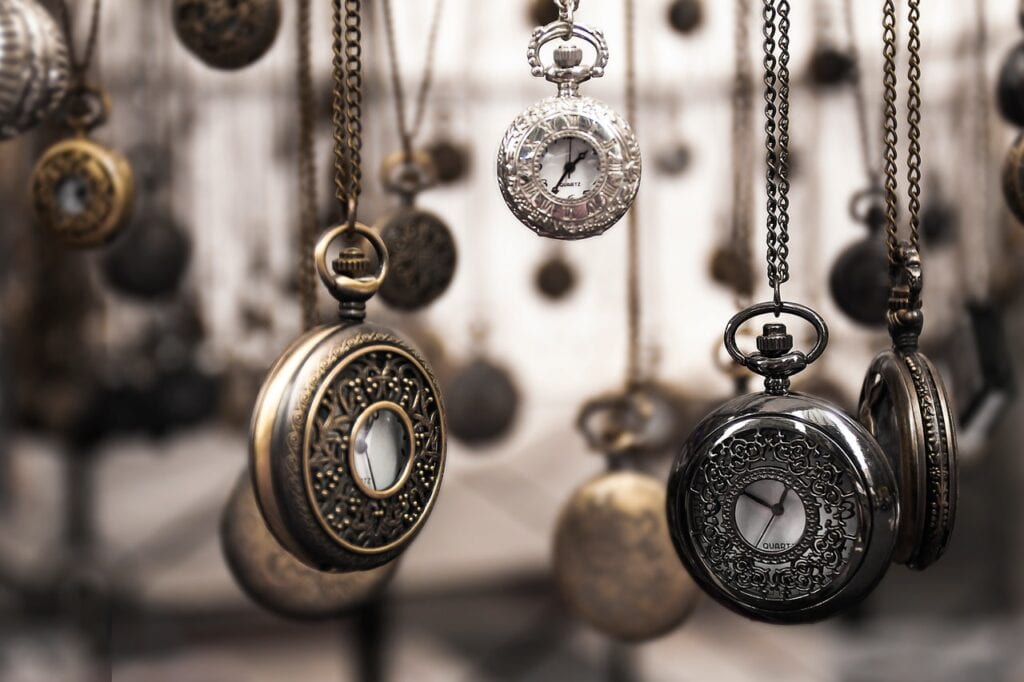How to Store Your Collection of Art and Antiques – 2024 Guide

It is no secret that antiques and art are profitable investments, not to mention that they are something that people can enjoy for years to come. For that reason, if your precious collection is part of you, you should do your best to ensure it is safe and protected. After all, no one wants their treasures to be broken or damaged due to improper storage or handling. Here you have a list of simple tips and tricks on how to find a secure place and effective way to store and preserve your priceless collectibles, be them antique furniture pieces, wall dangling clocks, ancient religious paintings, vintage clothing, or fine art.
First of all, make a list of tools and materials you will need. These may include:
- leather conditioner;
- bubble wrap;
- furniture polish;
- storage containers;
- cleaning cloth;
- tools (drill, screwdriver, etc.);
- markers.
Tips for storing a collection of art and antiques
1. Reduce clutter

If you are going to store your collectibles alongside your other belongings, the continuing growth of your collection may cause space concerns. Space constraints, in their turn, can lead to an increased chance of cluttering. In order not to deal with a terrible nightmare, it is extremely important to reduce clutter and store your collection properly. Thereby, start preparing your storage by clearing out the possessions you do not use. Getting rid of unnecessary items will help you save some space for your precious art. If throwing your pieces away is not an option for you, a good idea is to sell them and earn some extra money this way. In case you cannot sell them, feel free to donate them. Local donation centers and charities will definitely be more than happy to take your belongings. Such a reduction in your possessions will make it easier to store your valuable collectibles and preserve them for years to come.
2. Create an inventory list
It is enormously important to maintain an inventory list in a database. This information will be highly useful for insurance purposes. Besides, inventorying will help you protect your expensive and unique art pieces and antiques in case of damage. Include the name of each item and other essential information (e.g., the name of an artist, type, material, etc.) in your inventory list. You will also need to take several photos of your pieces and keep them with your list to get proof of ownership.
3. Clean your pieces before packing them

To keep your art and antiques in pristine condition, give your pieces close attention and a little tender loving care before packing them. First, you should wipe all the dirt, grime, and dust from your belongings. When dealing with items made of wood, a good idea is to spray them with high-quality polish. Waxing your timber pieces may be a possible alternative. This will help provide extra moisture and prevent the wood from drying out or cracking.
Once you polish and wax your belongings, wrap them in a pad and secure everything with tape and twine. If you are going to store leather pieces, condition them with a leather conditioner. Metal, nickel, and brass items should be polished and wiped with oil to prevent oxidation. In case you store antiques that contain silver parts, place camphor blocks near them to avoid tarnishing. Gently clean fabrics with an antibacterial cleanser. Never use chemicals to clean delicate pieces, such as antique icons on wooden boards, as they may affect the integrity of the painted surface. According to russianicon.com, it is much better to gently wipe the surface of the artwork with a soft cloth or a wide brush made of natural hair.
4. Avoid direct sunlight
Direct sunlight is bad for most collectible pieces, especially art and antiques. The more direct sunlight gets into the storage room, the faster your items will fade, dry out, or discolor. Thereby, it is important to protect vintage clothing, paper objects, and antique furniture from the sun. Besides, do not let intensive light diminish the condition of fine wine and warp vinyl. Always store your pieces in places with minimal sun exposure, for example, in a room with no or curtained windows.
5. Disassemble heavy furniture

Remember that excessively heavy or fragile furniture is more susceptible to damage. To prevent potential scratches or breakage, you should disassemble such kinds of items before storing them. This will also make it easier for you to move your bulky possessions. Do not forget to put all the bolts, screws, and other assembly parts in a plastic bag and tape it to the underside of the furniture piece.
6. Use proper packing supplies
Once you prepare your valuables for storage, the choice of containers and proper package can make the difference and ensure longevity. Although each collectible is different, you will likely need to invest in the following packing supplies and storage containers.
- Cardboard boxes are probably the most cost-effective and simple way to relocate your items into storage. You will need boxes of different sizes, so be sure to buy them in advance.
- To keep your collectibles supported in boxes, cushion them with bubble wrap. This way, you will fill in the empty spaces in boxes and provide form-fitting cushions for long-term storage.
- When storing musical instruments, antique furniture, and framed art, sheets and blankets are essential, as they can protect the items from sun exposure, small scratches, and dust.
- Plastic sleeves should be used for defending comic books, trading cards, and vinyl records against the outside world. Plastic sleeves also make handling of the pieces a lot easier. With their help, you will avoid staining and smudging your delicate belongings.
- You will also need packing accessories, such as markers, tie-downs, and tape. Use the tape to attach bubble wrap and ensure the boxes are tightly closed. Markers will make labeling easy and fast. Tie-downs, in their turn, are used for eliminating movements of bulky pieces when they are relocated.
Hopefully, these tips will help you preserve your art and antiques for future generations to enjoy. Good luck!




